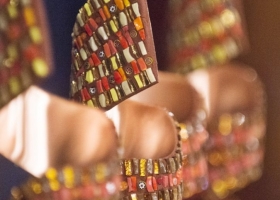
The Best ofIntima & Swim Edit
How to Wear Your Window Well
01 August 2017
IN MARCH 2012 MIKE NIEMTZOW, A WALL STREET INVESTMENT BANKER, WAS ATTRACTED TO THE COMBINATION OF FASHION AND ART FOUND IN STORE WINDOWS IN MANHATTAN.

HE SET OUT TO BRING THESE WINDOWS TO A LARGER AUDIENCE, THREE MONTHS LATER HE TEAMED UP WITH JON HARARI AND RAUL TOVAR AND WINDOWSWEAR WAS BORN. THROUGH THEIR WINDOWSWEAR PRO SERVICE THEY HAVE CREATED ONE OF THE WORLD’S BIGGEST FASHION WINDOW DISPLAY RESOURCES. IN ADDITION, THE COMPANY NOW OFFERS WALKING TOURS OF NEW YORK’S BEST SHOP WINDOWS, A STORE ADVISORY SERVICE, HAS LAUNCHED A WINDOWSWEAR MUSEUM, OFFERS COURSES IN VISUAL MERCHANDISING AND HOSTS THE WINDOWSWEAR AWARDS. NOW, MIKE SHARES HIS ADVICE WITH US ON HOW TO CREATE AN EFFECTIVE WINDOW DISPLAY.
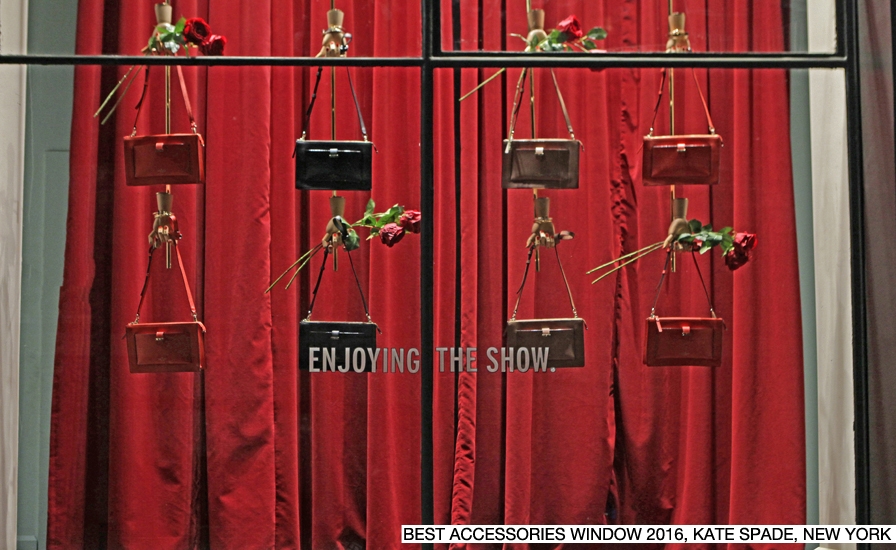
Windows are important because they reflect the soul of the store. They are the first visual representation of the store as someone is walking by. If especially well done, windows can encourage a potential customer to enter the store, often a spur of the moment decision because of something he/she saw in the window. L. Frank Baum, the creator of the Wizard of Oz, was one of the first to articulate ways to create better windows and displays. Many of his ideas are still applicable almost 100 years later. His signature “illusion windows” utilized a lot of technology of the time including electrical revolving stars, incandescent globes, and fluttering mechanical butterflies. He recognized that movement is a powerful component of a winning window. He understood the powerful impact of technology and movement in creating dynamic window displays.
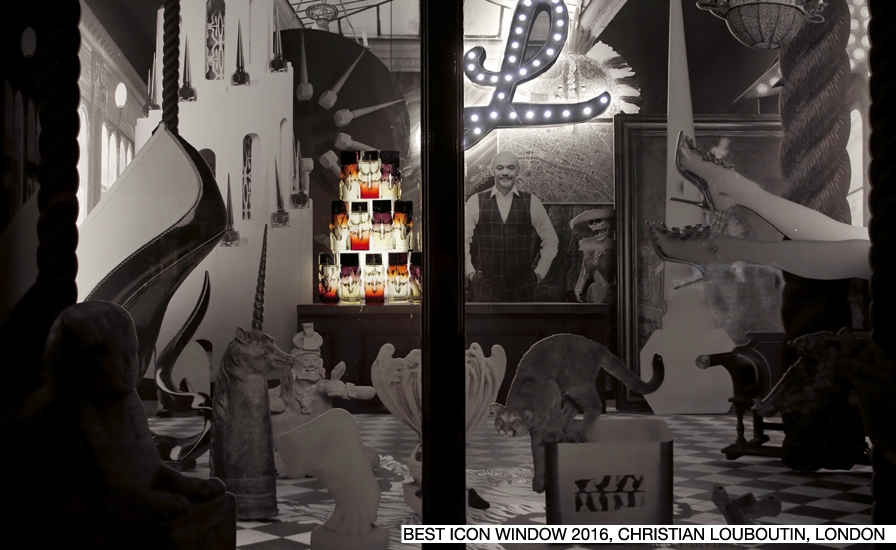
Gene Moore is one of the most
famous window dressers of all-time. His
first lesson here is to enjoy designing
windows. If you do not have fun doing this,
then find someone who does. Moore also
suggests, “Put writing in windows. When
you do signs in windows people do not pay
much attention to them. But if you do it in
handwriting they pay attention because it is
voyeurism. Don't forget that displays that
surprise and include the unexpected
typically do well.
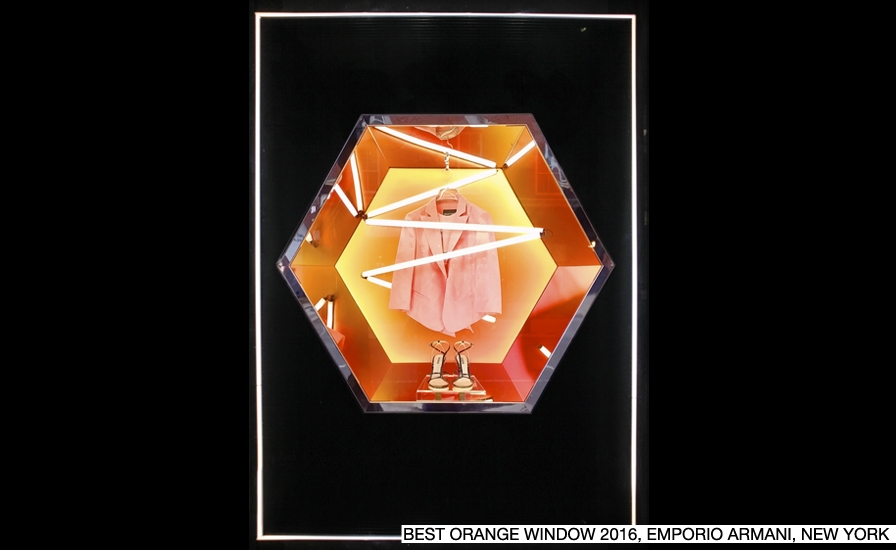
Sometimes a window will be more art,
and sometimes a window will be more
science. For example, studies show that
the longer someone stops and looks at a
window, the more likely they are to enter
the store. Fundamentally, window displays
can provide two important types of
information. This includes information
about the brand, and about the
merchandise. Think about this. If you
struggle to decide what to do with your
windows, one question to ask yourself is
“What do I want people passing by to feel
about my brand?” and “What do I want
people passing by to feel about my
products?”
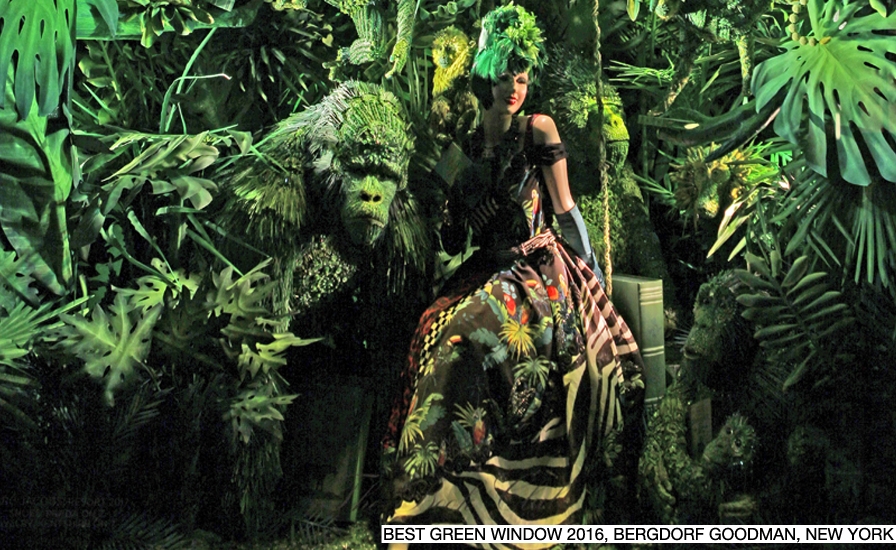
Observed information about the
product includes characteristics such
as fit and new fashions. Information
about the store includes characteristics such
as store image and promotions. It may seem
intuitive but store entry decisions are more
highly correlated with store-related
information from window displays, whereas
whether or not to buy a product is strongly
correlated with product information.
Therefore, consider the framework on which
to create a direction for your window
displays. Is the goal to focus on the store
and the brand, or is it to highlight certain
products? Perhaps it is one or the other or
perhaps it is both.
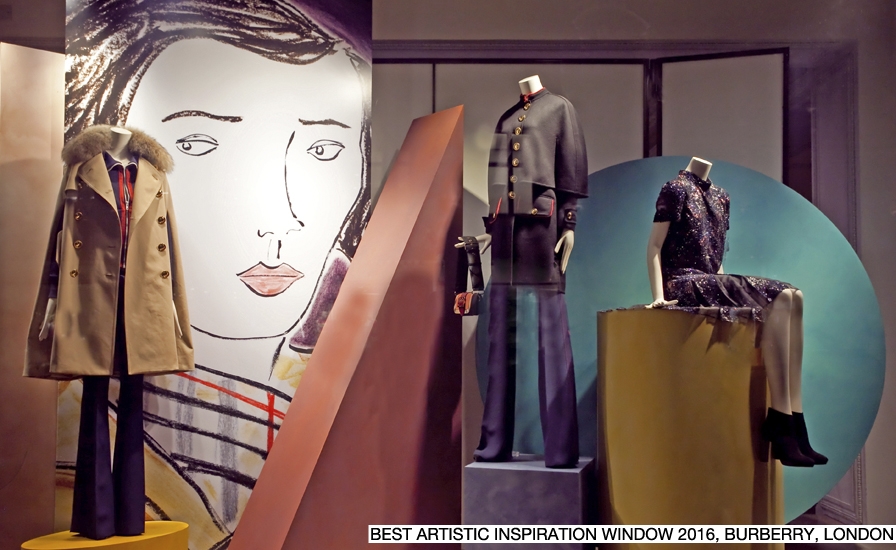
Let’s consider visual merchandising. What is visual merchandising? Stop. Think for a moment. What does visual merchandising mean to you? There are many answers but fundamentally, it is the communicator of the brand. Said another way, it is the billboard to your brand. Despite the growth in e-commerce sales, studies suggest that more than 80 percent of apparel retail purchases in the U.S. are still made in brick and mortar stores. However, from this total, 66 percent of these sales are web-influenced. This means a couple of things. Your online and offline messaging should be in sync. Your physical store must be a showplace. It is the first tactile representation of your brand that a customer will experience. Therefore, ask yourself “how does my store stimulate each of the five senses?” If you struggle with your store’s visual merchandising, then ask yourself three questions. Who are you? What do you have to say? How do you say it? A great way to answer these questions is in a room with a white board and people who understand you and your boutique. Brainstorm answers to these questions and write them on the white board. The more you think and reflect on these answers, the more likely you are to be able to communicate your brand in the form of visual merchandising.

Did you know that 80 percent of
people who enter a store will turn to
the right? Knowing this, consider putting a display against the wall on the right side of your boutique. Observe your customers’ habits inside the store and make use of predictable patterns. Horizontal boundaries of the field of vision are peripheral vision. To focus on objects on the periphery, we must move our eyes or turn our heads to get them in focus. Therefore, vertical presentations tend to be more effective and are an important presentation tool. The typical field of vision is slightly more than a shoulder’s width in size.
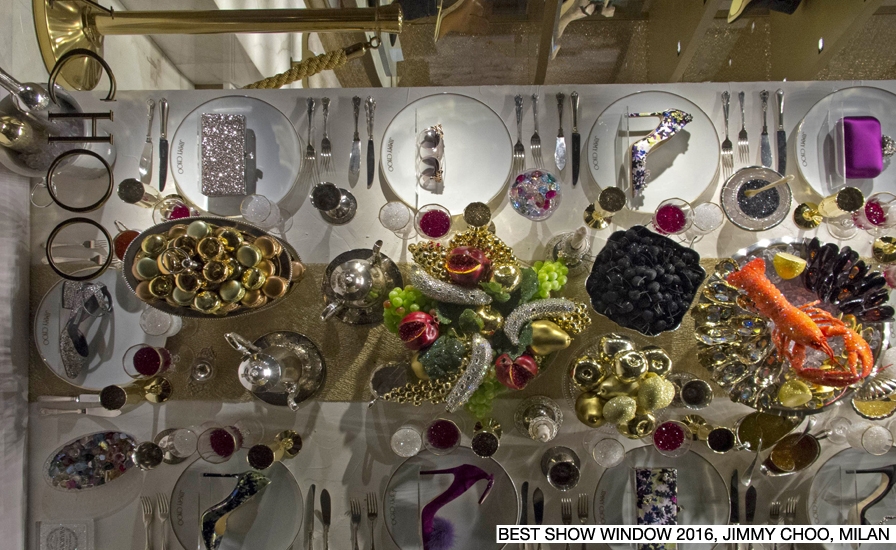
Often, a boutique
will have long racks of clothing along a wall.
If you do as well, consider a vertical
presentation at some point along the rack.
This is referred to as guiding the eyes. The
arena effect is also important. Make sure
that as a customer enters your store, he or
she can see merchandise and fixtures in
front of them at lower heights. As she looks
closer to the walls or the back of the store,
the fixtures and merchandise are at
increasingly higher levels of site. While this
seems like an obvious point, you would be
amazed at the number of times stores put
tall, view-obstructing fixtures closer to the
customer.
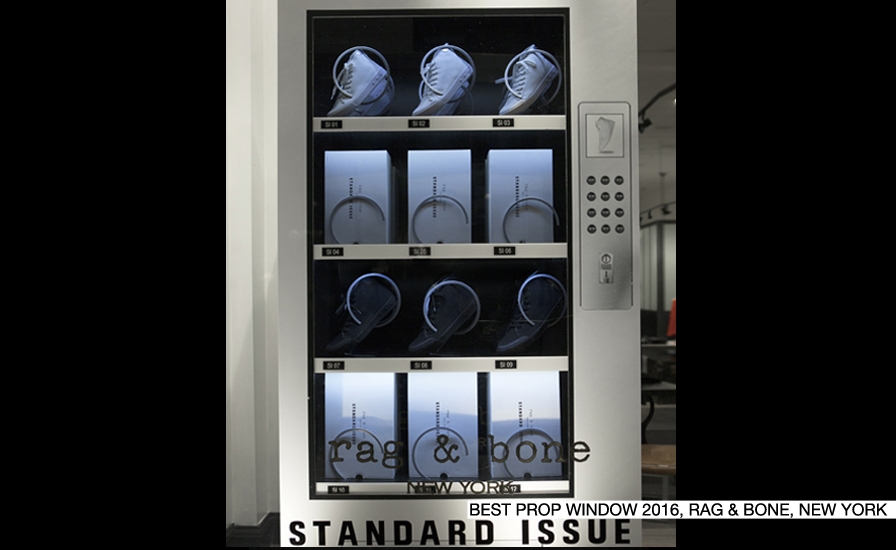
There are eight key elements to
consider when creating great windows
and in-store displays: incorporate a story
based on a theme; create a focal point; be
bold; keep it simple; balance; lighting;
details; and standards. A word that one of
my mentors often repeats is “edit”. Instead
of displaying every item of merchandise that
you have, edit your merchandise very
carefully. Often, less is more.
Copyright 2025. All right reserved - Terms





